
As we sit and watch our infrastructure crumble, what can we do? We all depend on the roads, the bridges, the canals, the rails. But we’re not in the same position as Congress. We don’t play the role of financing the renovation. They pass the bills, then we do the work. But the question still remains. What can the individual do in the face of a system that struggles with enabling the individual to do anything?
View this complete post...











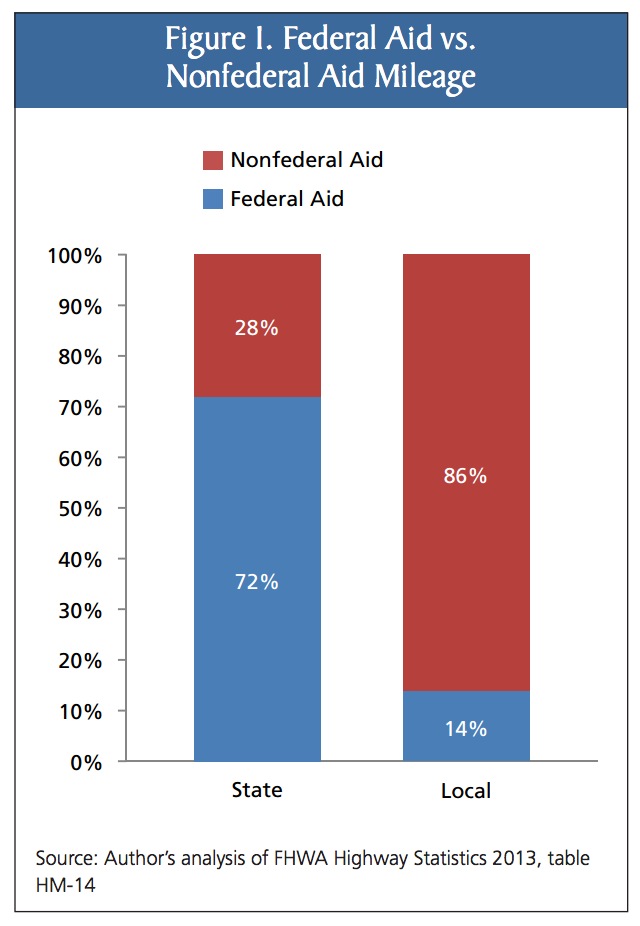
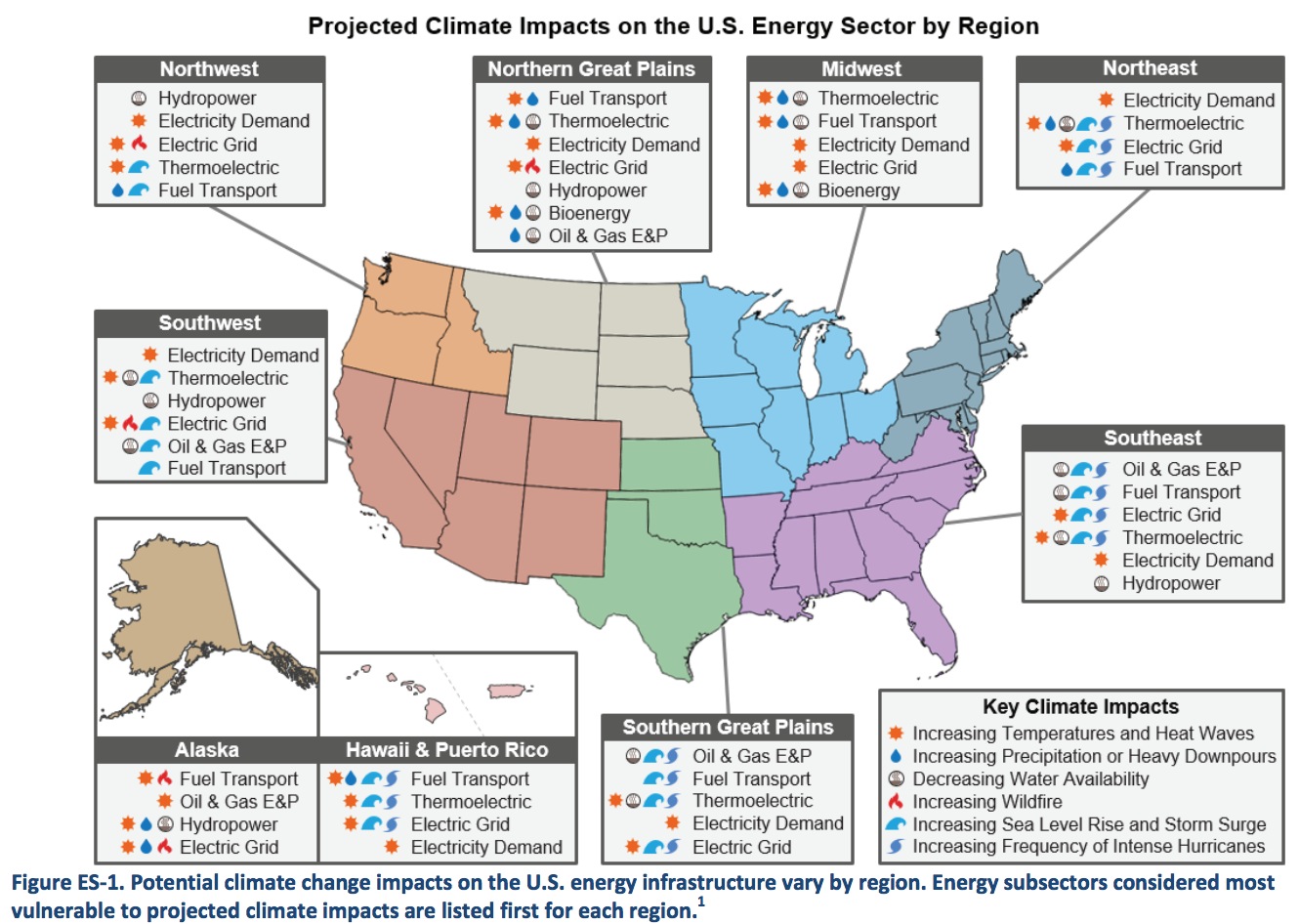
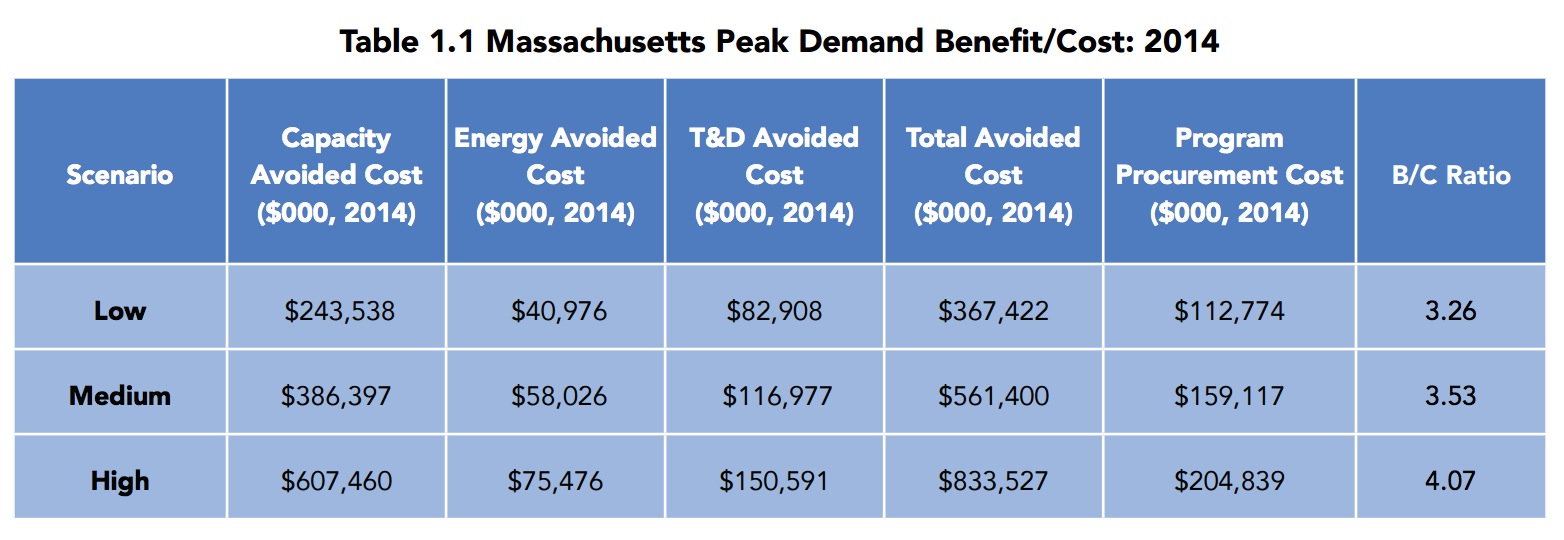
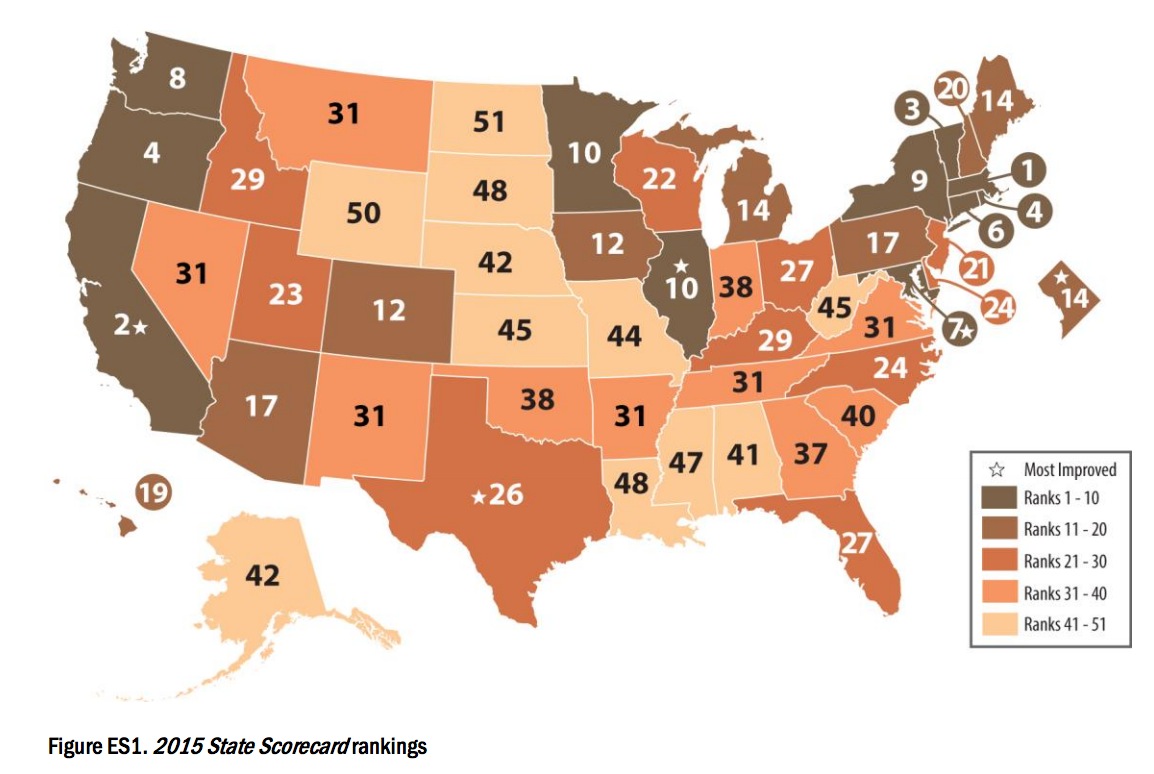
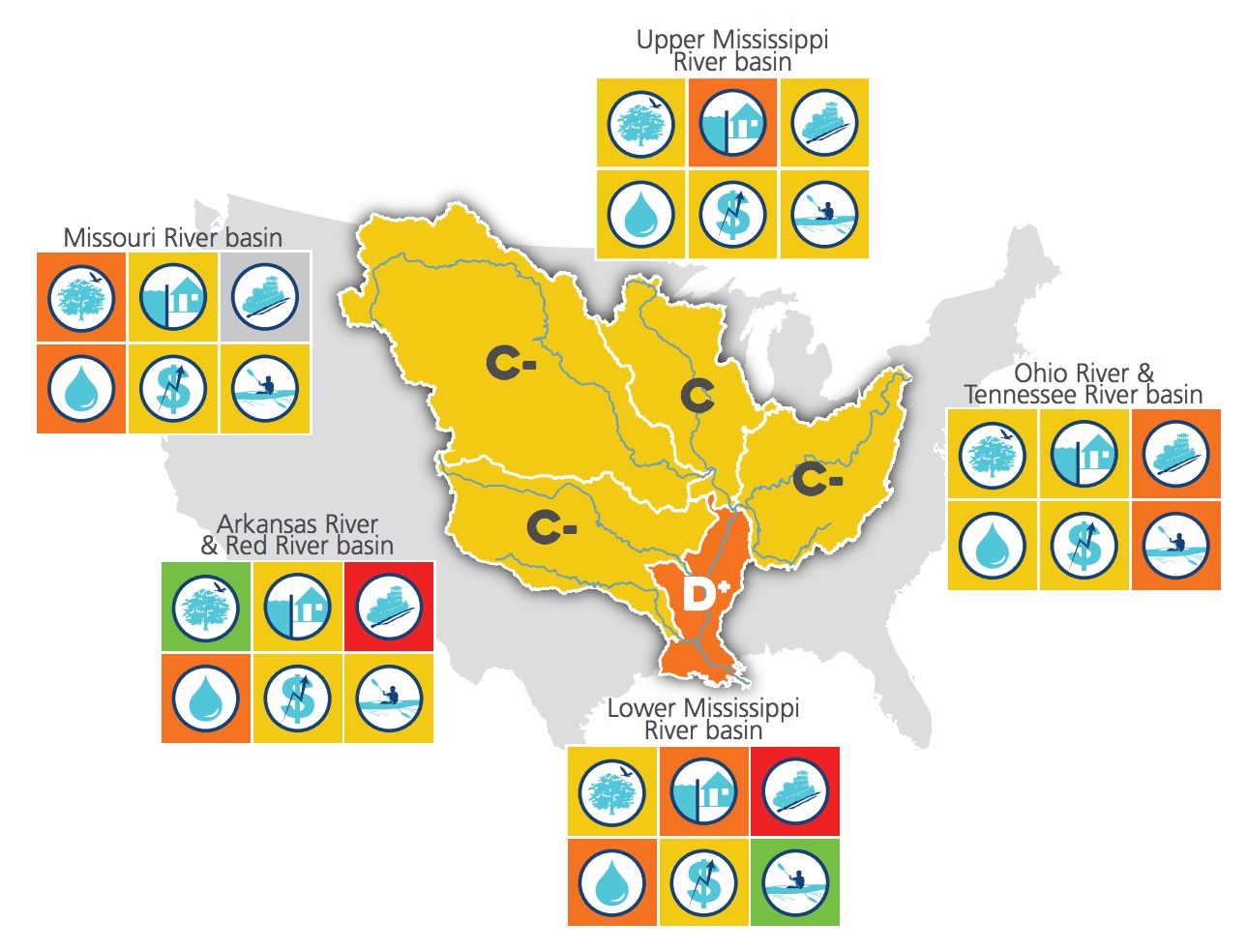

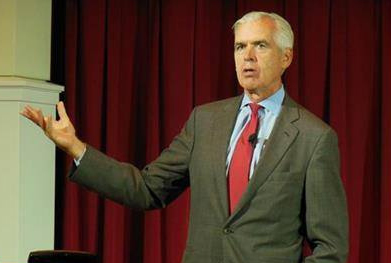
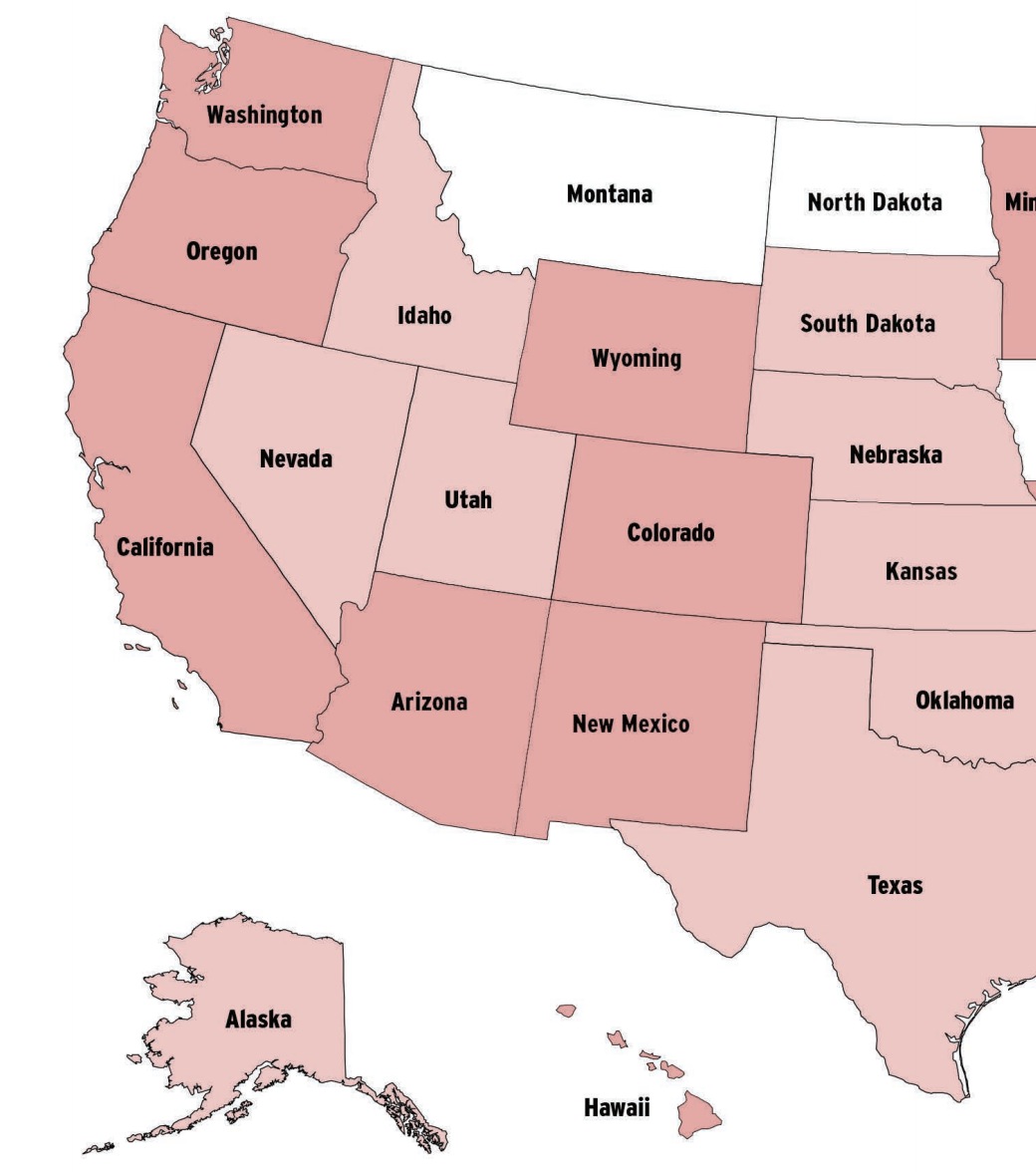

 RSS Feed
RSS Feed